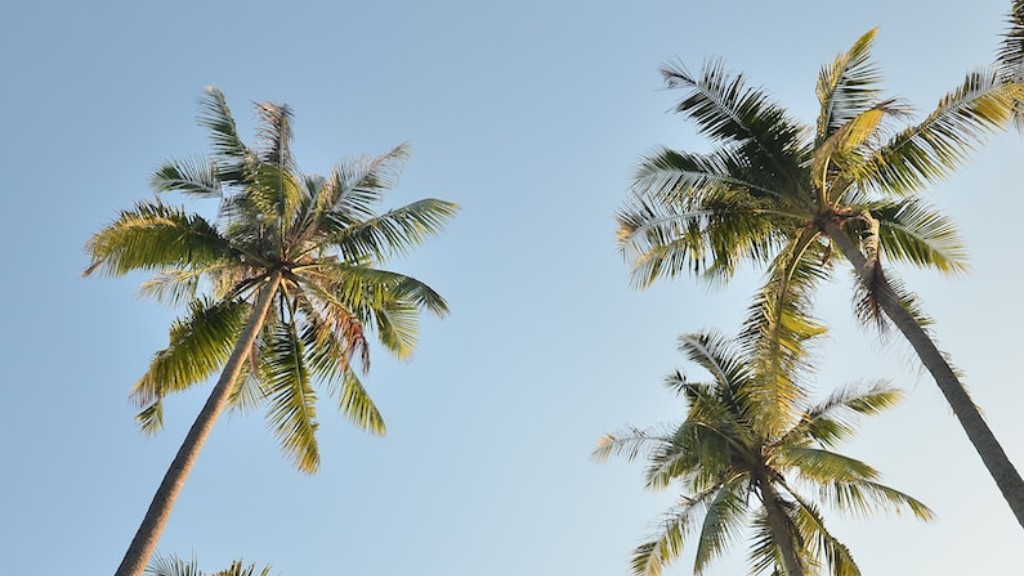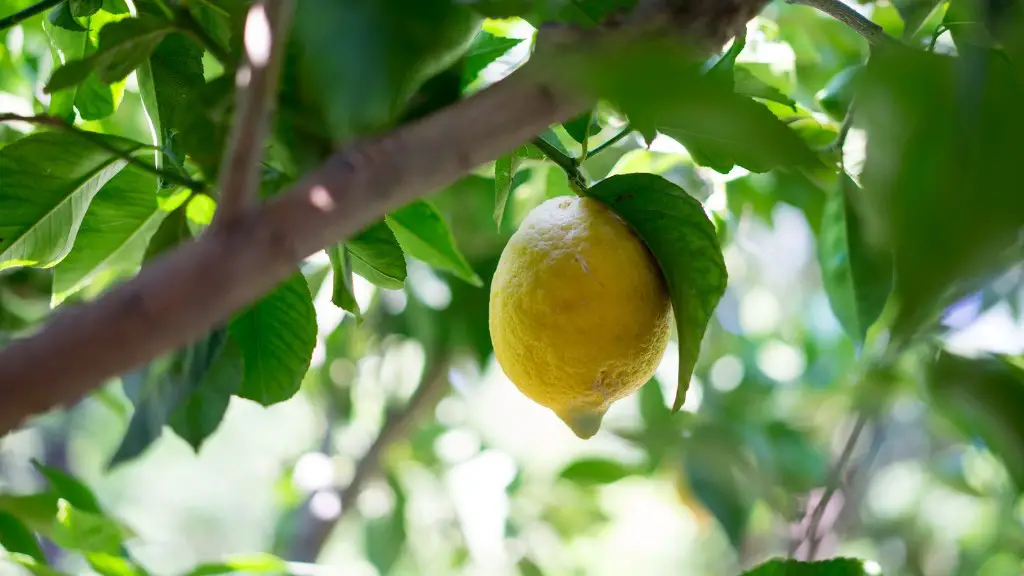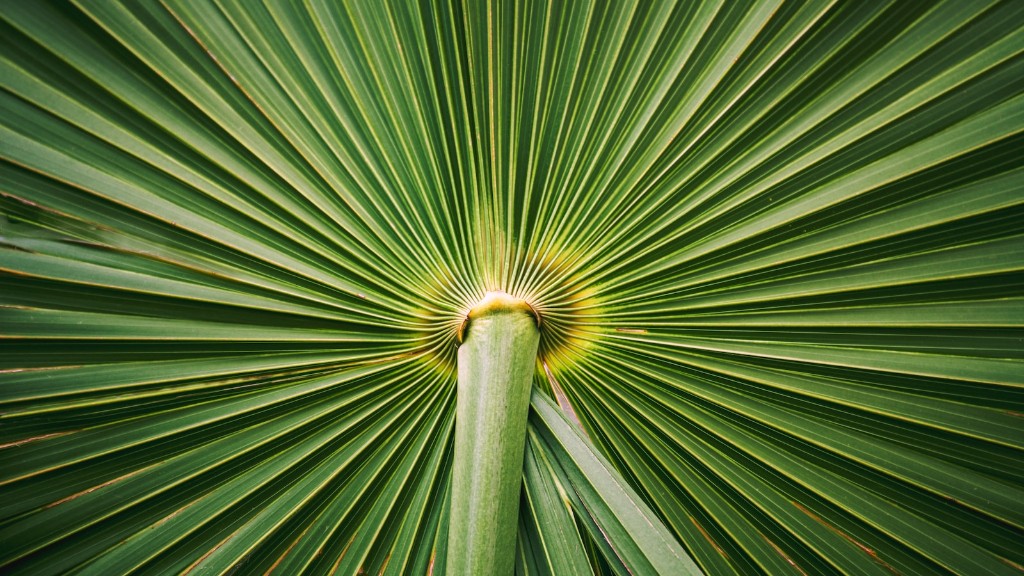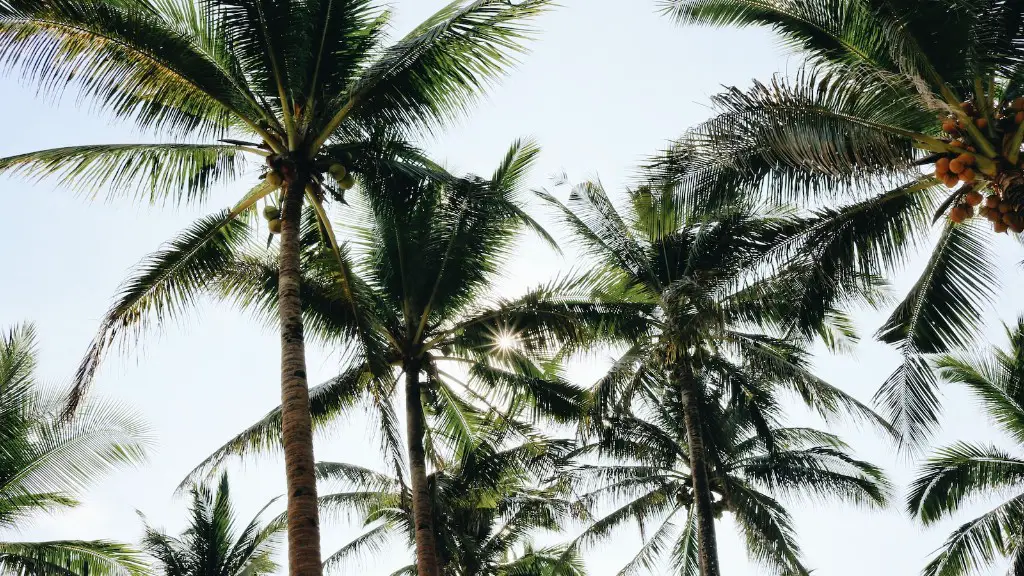Bananas are one of the cheapest, most accessible, and most desired fruits. Taking this into consideration, it is vital to answer the question on everyone’s mind: Is a banana tree a type of palm tree?
The general consensus is no. A banana tree is not a type of palm tree. First, let’s discuss the fact that banana trees are technically not technically trees. This is because they do not have a true stem, or trunk, which is the main structure in a tree. Structurally, a banana tree resembles a herbaceous plant because all of its leaves are located closely, as opposed to a tree-like with leaves spread out on branches. Moreover, a banana tree does not possess true bark or even a bark-covered stem.
The most recognizable feature of a banana tree is the pseudo-stem, which can grow up to twenty-five feet in length. The leaves of a banana tree are long, lance-shaped blades. In contrast, a palm tree has fan-type fronds, which are composed of shiny leaves. Furthermore, palm trees have single and segmented trunks that often branch in small clumps.
Banana trees produce one trunk, which is composed of large leaves that develop on top of one another. Once a banana tree flowers, the pseudo-stem dies and new pseudo-stems grow up from the rhizome. The underground rhizome gives the banana tree the ability to regrow after winter frosts or when damaged by pests. Palms, on the other hand, have a single trunk composed of sections, and the lower leaves droop and die as the trunk grows upward.
It is also notable that the temperatures required for growth differ between a banana tree and a palm tree. Banana trees require warm climates and cannot survive temperatures lower than fifty degrees Fahrenheit. The ideal temperature for a banana tree to grow is between seventy-five to ninety-five degrees Fahrenheit. Palms, on the other hand, can survive in cold climates and withstand temperatures as low as twenty-five degrees. As a result, palms are more drought tolerant than banana trees.
Finally, one key reminder is that both banana trees and palm trees belong to different plant families. Banana trees belong to the Musaceae family, while palm trees belong to the Arecaceae family. Though both are tropical plants and often confused due to similar leaf structures, they are still distinctly separate plants.
Fruits of a banana tree
Banana trees produce flowers which later become clusters of fruit.The clusters of fruit consist of many individual bananas referred to as fingers which are attached to the main stem.The main stem is also at times wrapped in some form of cloth or paper in order to protect the fruit from the sun as it ripens.The shape of the fruit can be either curved or somewhat straight.Banana trees commonly produce their fruit throughout the year but need a certain level of humidity and a certain temperature range in order to produce fruit optimally.
The color of the banana produced can differ based on the variety.While the most popular bananas are yellow, there are some which are reddish or even purple.The color of the banana can change as it ripens and they can also produce a sweet scent once they have ripened.Bananas are known to produce a wide range of nutritional benefits and are packed with a variety of vitamins and minerals such as potassium,magnesium,and vitamins A,C,and B6.
Bananas are highly perishable and can spoil quickly once they have been harvested.Therefore,it is important to consume them within a few days after they have been harvested.They can also be consumed frozen or as dried slices which still retain some of the nutrients of the original banana.Bananas can also be used as a sweetener in recipes as well as in smoothies and juices.The sweet flavour and texture of the banana is also popularly used in baking and to make desserts.
Uses of palm trees
A palm tree is a tropical plant that can be found naturally growing in many parts of the world. Palms are part of a large family of plants that has over 2600 species and can range in size from small shrubs to massive tree-like structures. A remarkable characteristic of palm trees is their ability to survive in dry climates, making them an ideal tree for desert regions.
Palm trees offer a range of uses, from providing shade and fuelwood to being an ingredient in various industries. In food production, the oil obtained from palm fruits and the leaves from the palm tree provide numerous opportunities. Palm oil is a widely used ingredient in many foods, cosmetics, and detergents. Palm leaves are commonly used for roofs, baskets and floor mats, as well as for ritual objects.
Palm trees also provide additional ecological benefits. For example, they are known to be great regulators of the oxygen-carbon dioxide cycle, helping to purify the air by absorbing carbon dioxide and releasing oxygen into its surroundings. Additionally, palms can also provide food for wildlife, serve as a habitat for several species, and help protect the soil from erosion.
Palm trees are also used ornamentally and can be found in many parks and gardens. Palm trees have a way of making any area feel more vibrant and inviting. They’re a great way to add some character to a yard and can even increase the curb appeal of a house.
Historical importance
The banana tree and palm tree have a long history together, stretching back many centuries. Both plants have been a part of civilizations as far back as 1000 BCE. Ancient Egyptians used both the leaves of the banana tree and the leaves of the palm tree in religious ceremonies. The ancient Greeks and Romans also used both plants for decorations, particularly in homes and temples.
In more modern times, both plants have been used for medicinal purposes. For instance, bananas were used to treat digestive issues, while palm trees were used for treating skin diseases and as a tonic for the mind. Both plants have also been used for making paper, as a main source of food for dairy cows, and for producing fibers which were later used for clothing.
Today, both plants continue to be used in a variety of ways. For instance, the banana tree can be used as a source of biofuel, the palm tree is used in bioengineering, and banana pills are used as an alternative to sweetener supplements.
The banana tree and the palm tree have both had economic and social impacts in numerous countries around the world. For example, the banana tree has become an important source of income in many African countries. This is because bananas are an important export crop in many African countries. Bananas are also a staple food in many parts of the world and provide nutrition to low-income communities.
The palm tree, in turn, is used in many countries for the production of palm oil. This oil has become a major export and provides a significant income for many countries, including Indonesia and Malaysia. Palm oil is also used for a variety of industrial purposes and is an important ingredient in numerous beauty and health products.
Additionally, both plants have been an important part of social development all around the world. The leaves and trunks of the banana tree and the palm tree have been used in various building projects, providing much needed shelter in developing communities, and both plants are used as part of cultural ceremonies in some countries.
Environmental Effects
The production and consumption of banana trees and palm trees also have significant environmental impacts. The cultivation of banana trees and palm trees is associated with deforestation. This is because larger areas of land are often cleared in order to make room for the plants, resulting in a significant loss of natural habitat for wildlife. Additionally, both plants require large amounts of water, leading to water shortages in some areas.
Banana and palm trees also increase soil erosion. This is because they have shallow root systems, making them vulnerable to strong winds and heavy rains. This vulnerability also makes them more prone to diseases and pests. Additionally, both plants are often treated with chemical fertilizers, resulting in the contamination of soil and water supplies.
On the other hand, both plants can have some beneficial environmental impacts. For example, the leaves and fruits of both trees are often used as natural fertilizers, improving soil fertility. Moreover, the trunks of palm trees are often used as a source of renewable energy, reducing the need for the burning of non-renewable resources. Finally, both plants can help reduce carbon dioxide levels, contributing to the fight against climate change.




